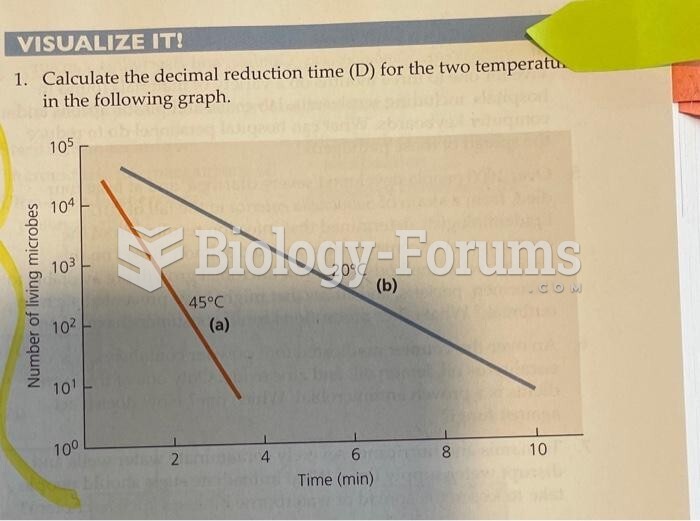Of the following, which is the most effective approach to practicing addition, subtraction, multiplication, and division of fractions with both like and unlike denominators?
a. Have students practice one skill such as addition until students are confident with the ability; then move to subtraction, multiplication, and division, being sure that students understand each before moving to the next skill.
b. Have students solve addition and subtraction problems together and then move to multiplication and division problems
c. Have student solve a mixture of problems in no particular order, such as a couple involving addition, then some involving division, multiplication, and subtraction
d. Have students first practice solving problems with like denominators and then have students practice problems with unlike denominators.
Question 2
Shana Boer is teaching the concept arthropod to her students. She displays the definition, Arthropods are cold-blooded animals with an exoskeleton, three body parts, and jointed legs. She then shows students outline drawings of a lobster, a spider, a beetle, and an ant, telling the students that they're arthropods. Which of the following is the best assessment of her lesson as an application of the suggestions for classroom practice based on social influences on learning and the process of knowledge construction?
a. It is consistent with the suggestions for classroom practice since she provided a variety of examples of the topic (her drawings of the arthropods).
b. It is inconsistent with the suggestions for classroom practice, since she provided the examples instead of having the students find the examples for themselves.
c. It is inconsistent with the suggestions for classroom practice, since understanding the concept arthropod isn't a real-world task and therefore shouldn't be taught.
d. It is inconsistent with the suggestions for classroom practice, since she merely told the students that the examples were arthropods, and there didn't appear to be any discussion in the lesson.







